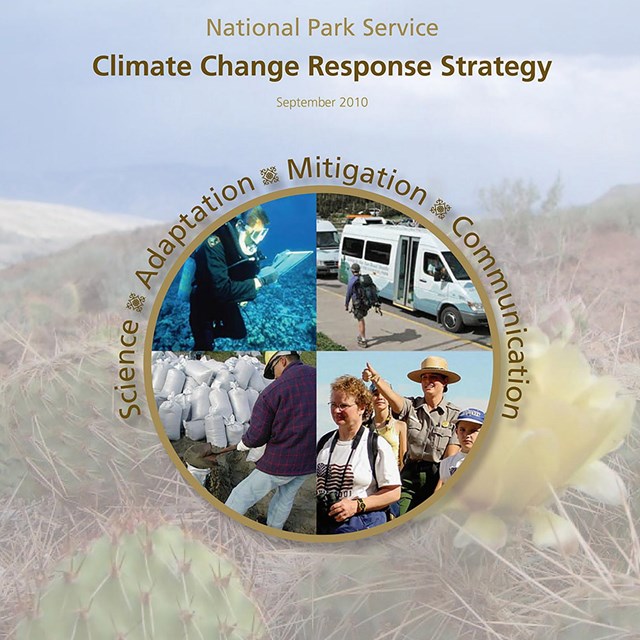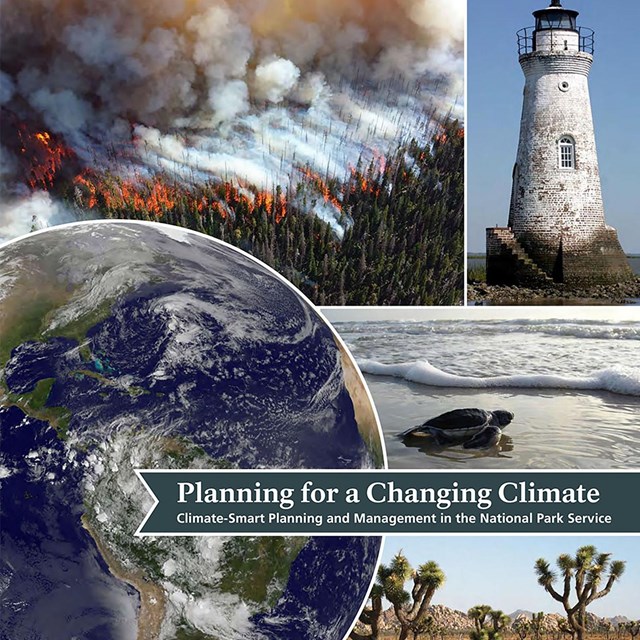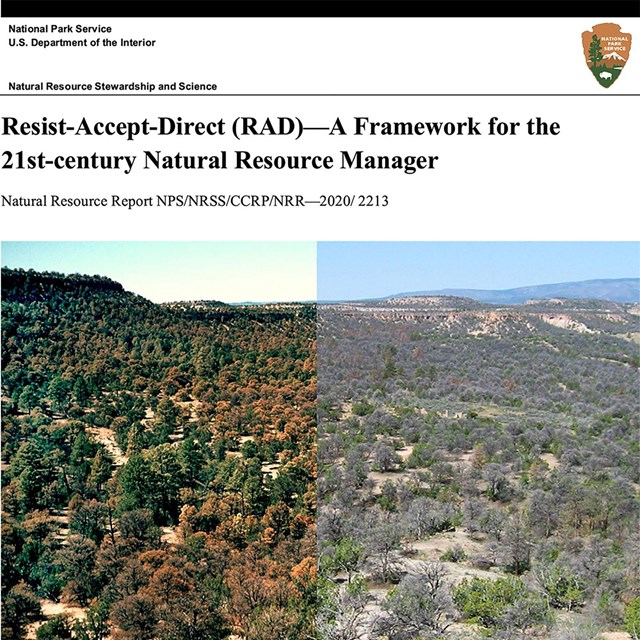Successfully responding to climate change requires that considerations be institutionalized across every facet of daily operations. The National Park Service's Climate Change Response Strategy provides an integrated blueprint for continued action, upon which additional guidance has been crafted for specific agency operations. Many of these strategies have been adopted for Alaska’s parks, including how we consider climate change impacts in our planning and management decisions about parks.
Considering multiple future scenarios is important to inform how parks adapt to projected change across the breadth of NPS resources and stewardship responsibilities. Thus, the NPS published Planning for a Changing Climate as a comprehensive resource to guide climate-smart adaptation planning. The guidance helps planners and managers develop forward-looking goals and evaluate strategies and actions considering multiple plausible futures associated with a changing climate.
Climate Change Planning Tools
-
 Climate Change Response Strategy
Climate Change Response StrategyThis strategy is the foundation for the NPS to address climate change through science, adaptation, mitigation, and communication.
-
 Planning for a Changing Climate
Planning for a Changing ClimateScenarios help park managers develop goals and evaluate strategies and actions for the climate of the future.
-
 Resist-Accept-Direct Framework
Resist-Accept-Direct FrameworkThe RAD Framework captures the decision space for responding to the potential for rapid, irreversible ecological change.
Climate Change Management Strategies
Last updated: November 12, 2024
